Wandering along a Kawasaki avenue, ready for anything, I come across a mournful-looking building that’s impossible to ignore. Behind there is bedlam: dogs baying at the moon, metallic sounds, the hum of machinery and, illogically, voices calmly murmuring in Chinese.
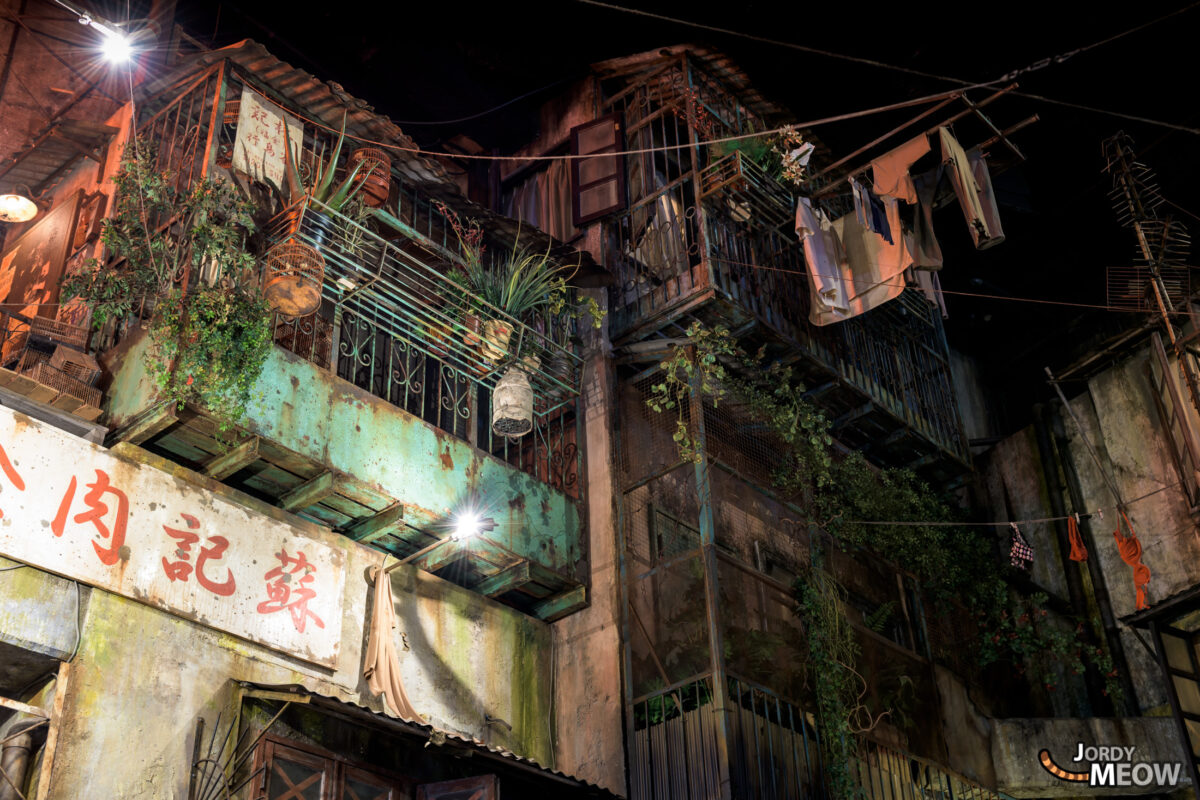
The heavy door seems to separate two universes. And the other side inexorably draws me in.
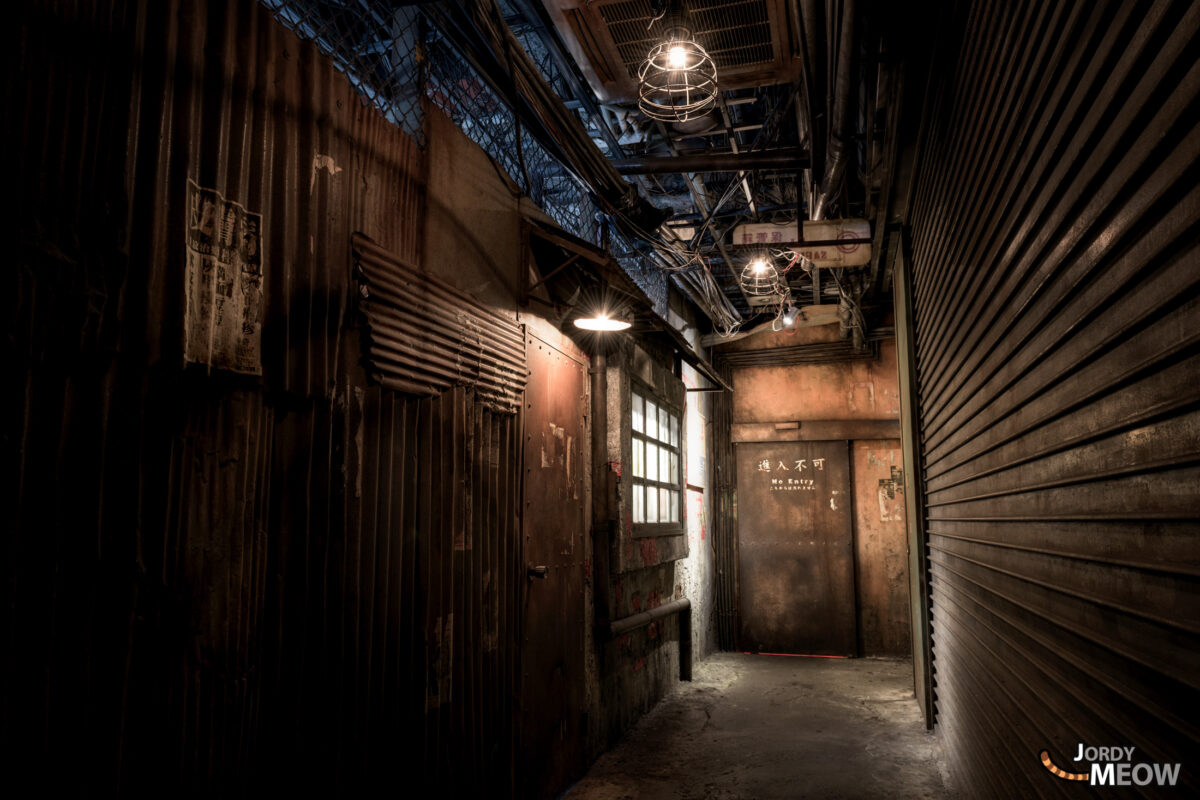
Wrenching open the metal door sealing in
I walk on down a long narrow corridor that strongly reminds me of adventures during the year I spent in China. So where am I now?

I follow other corridors, turning my head left, right, always on the alert, feeling as if I’m in a FPS (first person shooter) video game where I’d be armed with a big gun …
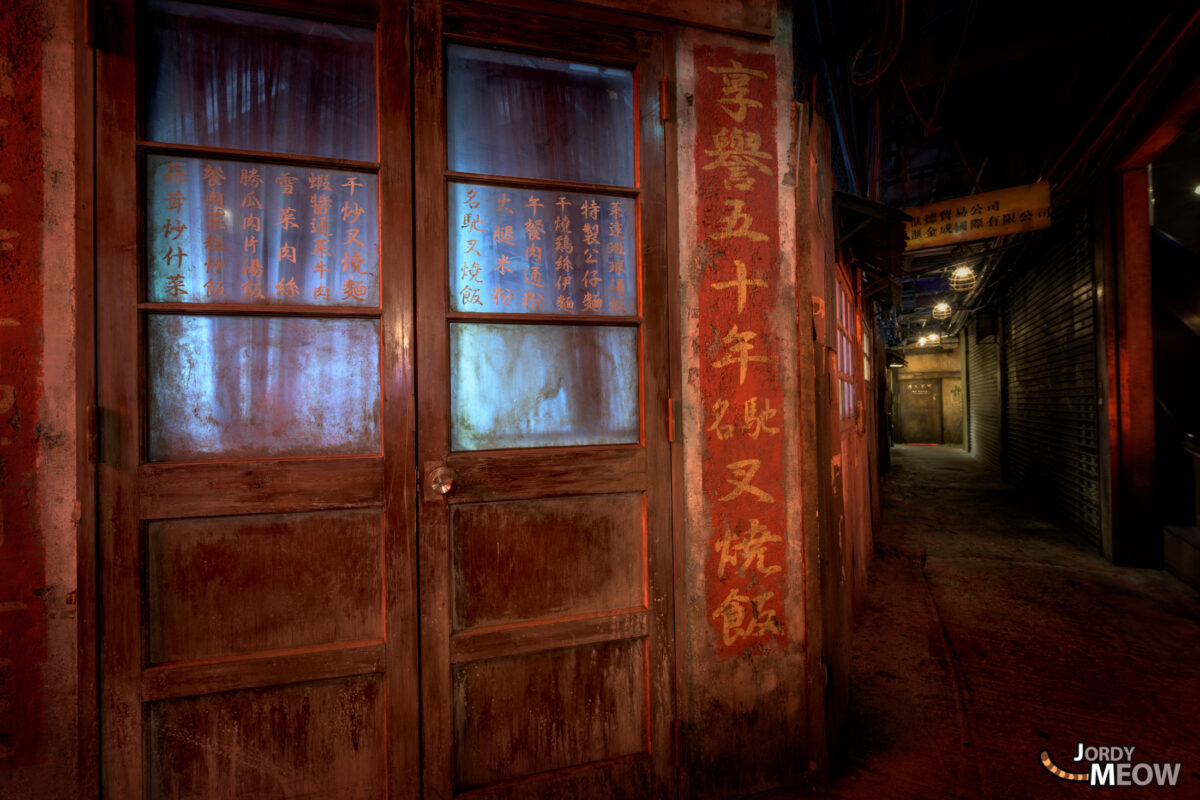
… but I don’t find any monsters to kill.
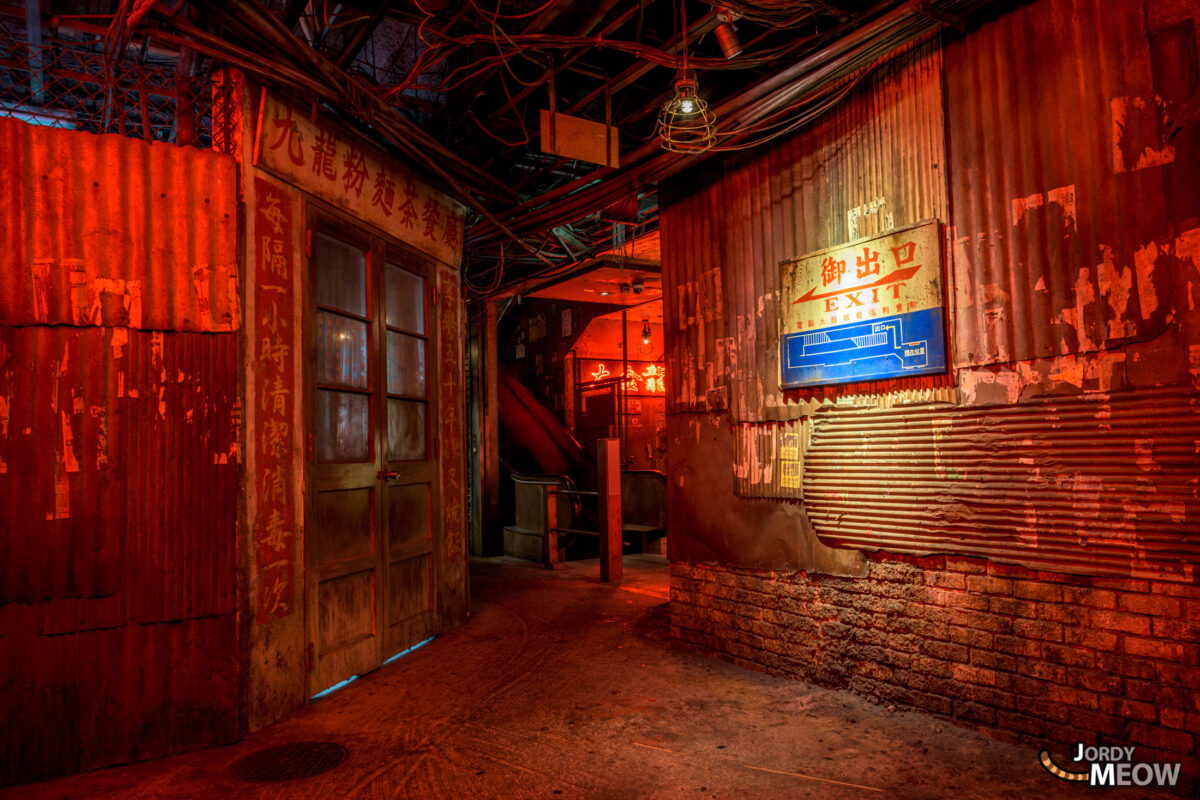
I press on, needing to know more, at a high pitch of excitement.
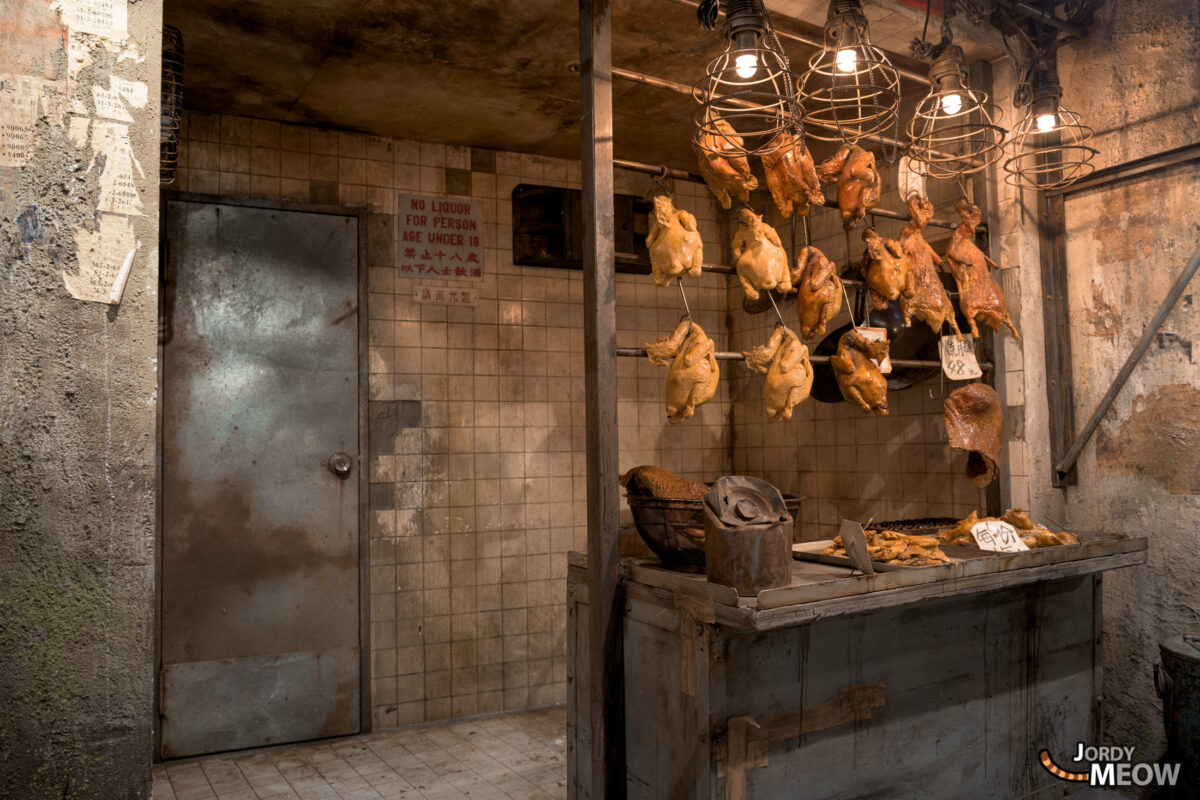
The corridor opens out onto a space with a restaurant, roast chickens on display but nobody to sell them, just closed shops and underwear hanging on the line.

I know this place, I’ve seen pictures of it. Not the restaurant, of course, but the whole place. I’d always dreamed of visiting it.

It’s Kowloon Walled City, in Hong Kong! But this is near Tokyo and the walled city was demolished … in 1993.
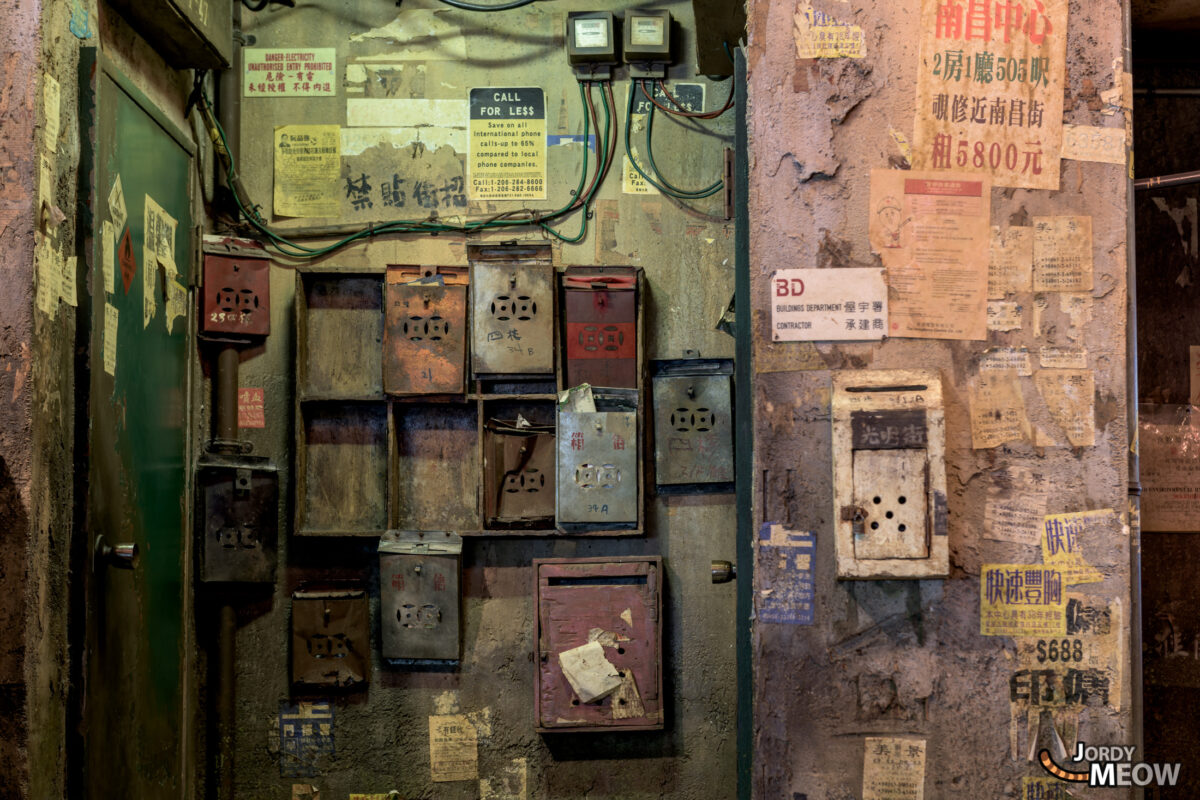
The settlement was a lawless place, where anything could happen. Densely populated, with a post-apocalyptic atmosphere and chaotic organization, it reminds me of Gunkanjima (Battleship Island) of course. Except that here everything looks fairly spotless, despite first impressions.
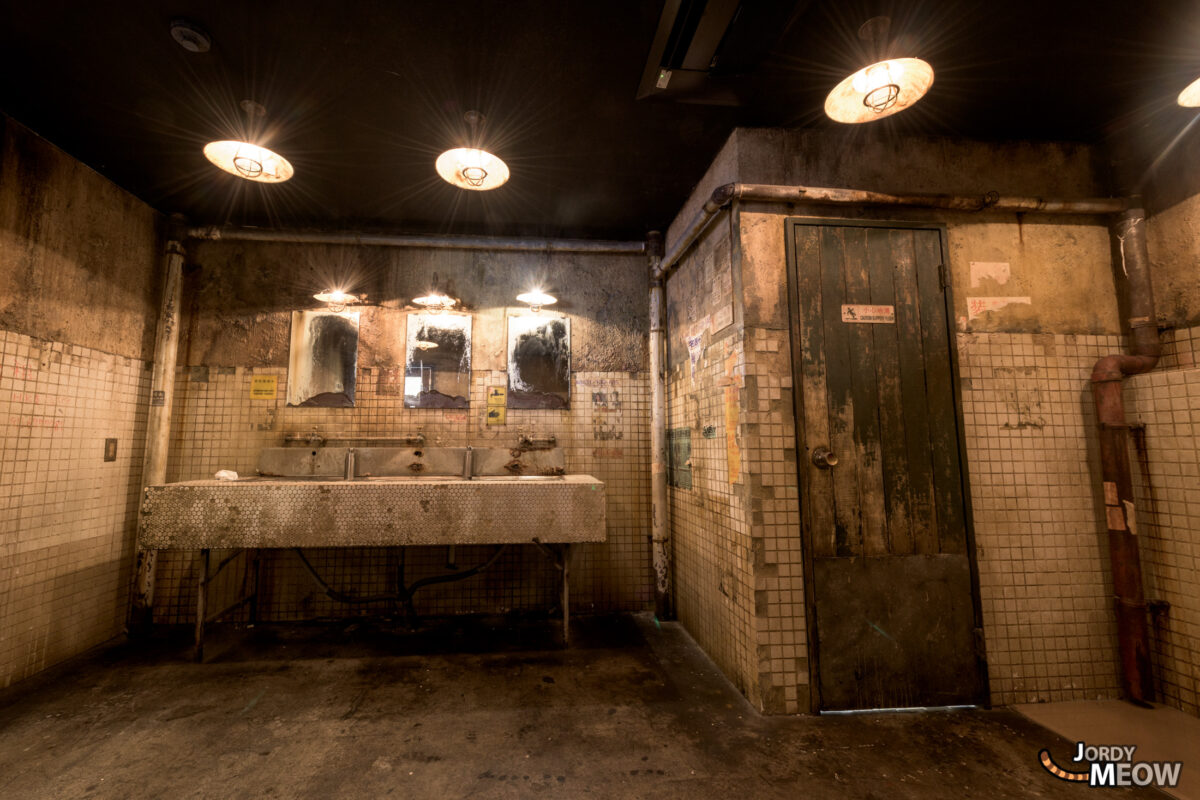
Kowloon Walled City had everything you could possibly need, all kinds of services – especially dentists, who it seems were inexpensive and highly skilled.
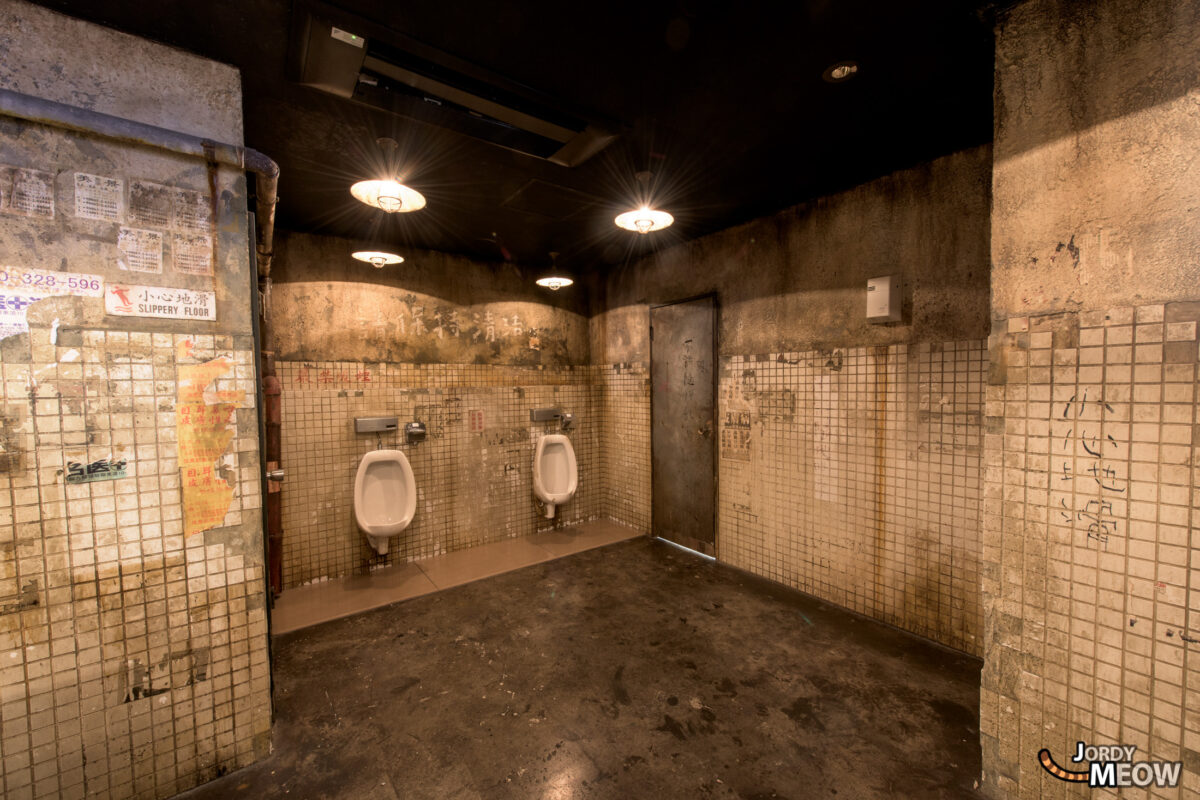
There were also plenty of restaurants (serving mainly dog meat – particularly appreciated by Chinese men on the last day of the month to build up their strength for the next), Triads, dealers, coffee shops with coke and other delights, churches and their followers, small factories, combini stores, brothels …

The whole thing was of course totally clandestine, illegal, but supposedly subject to no laws or taxes. 50,000 people lived there in an anarchic jumble of buildings, piled one on top of the other.
How did they come to be there? The best way to find out is to read this Wikipedia article: Kowloon Walled City. But essentially this former military fort was an ungovernable enclave that neither China nor the United Kingdom wanted to take on. The city recovered some strength and cohesion under Triad control but was cut off from the rest of society. It evolved naturally thanks to the residents’ instinct for survival and hopes of improvement.
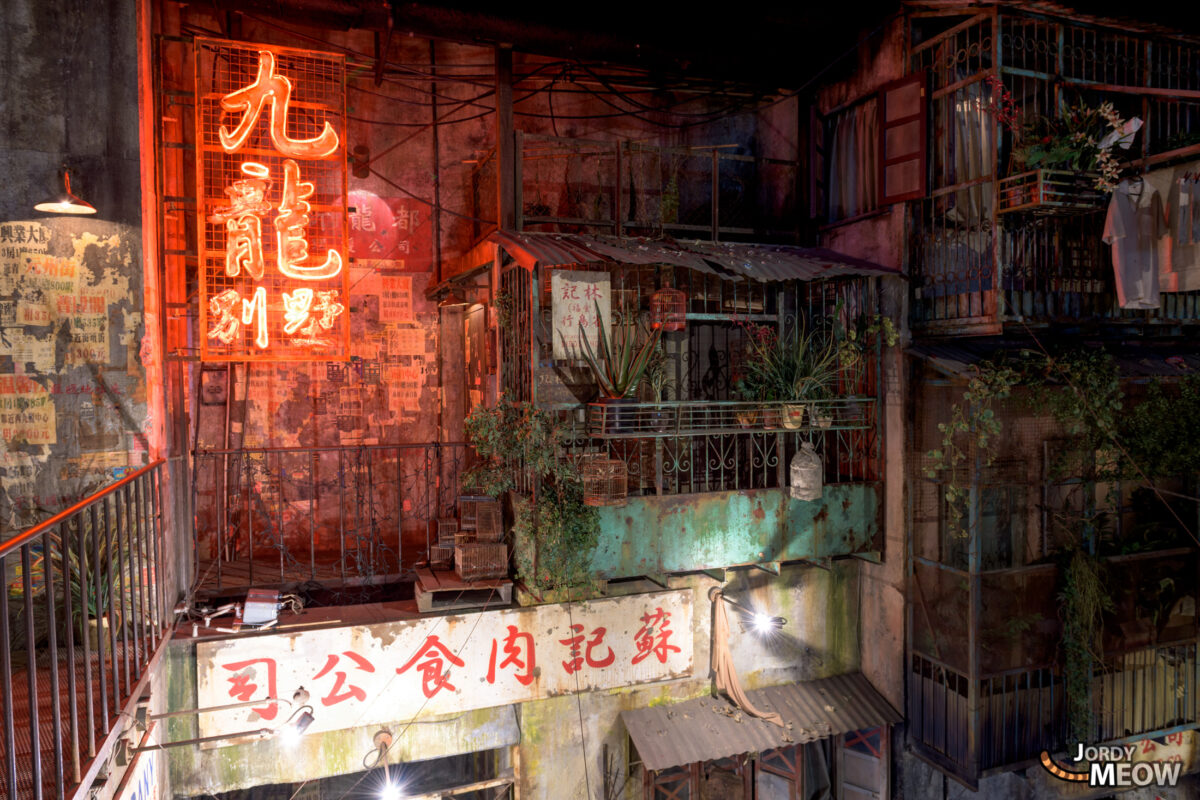
In 1992, the city was evacuated, razed to the ground and replaced by a park. The residents were given compensation and most were satisfied with that.
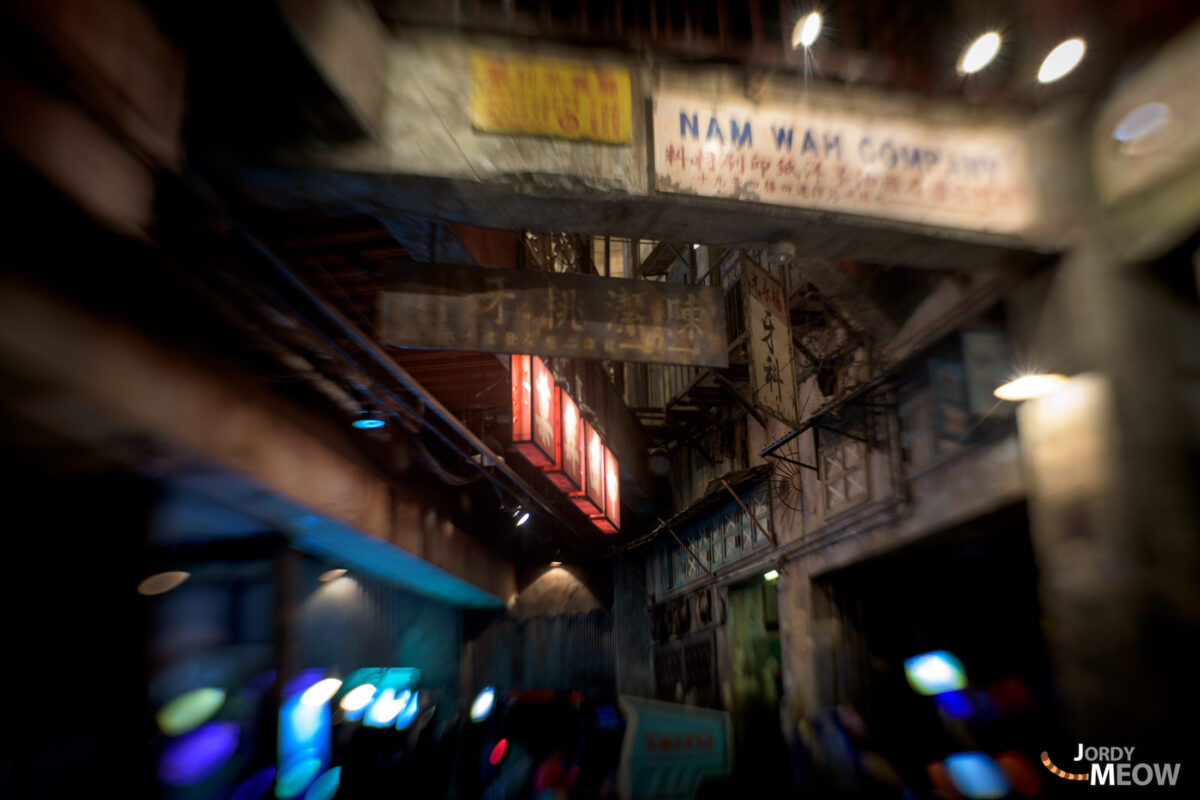
So where are we, then? As it happens, between Tokyo and Yokohama, in Kawasaki.
Kawasaki Warehouse
Kawasaki Warehouse is a … video games arcade! Not among the most modern though, as there’s quite a few retro games, but the atmosphere is incredible.
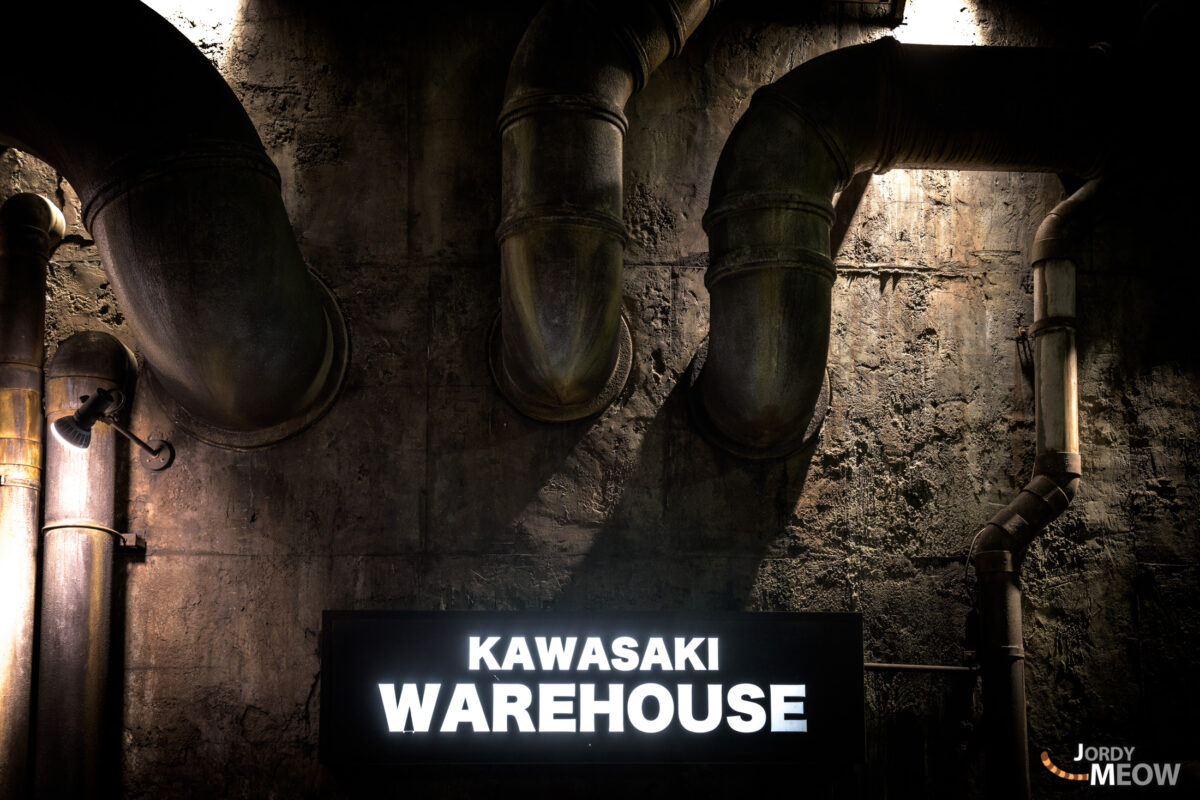
The place is a real work of art in itself. Some items are authentic, imported from Hong Kong, but the rest has been completely recreated from scratch. A titanic work by artistic director Taishiro Hoshino.
You might be wondering if this place wouldn’t have had more success as a museum than a fairly empty amusement arcade?
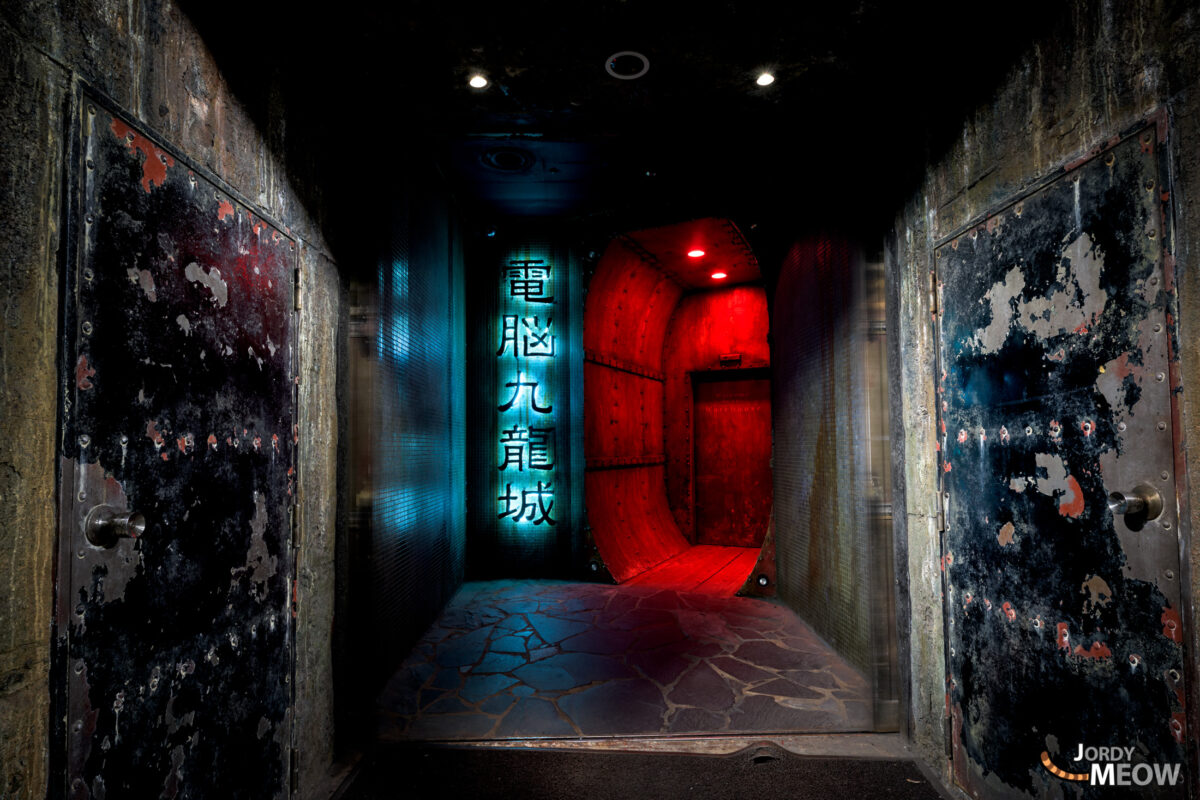
Welcome to the Warehouse…
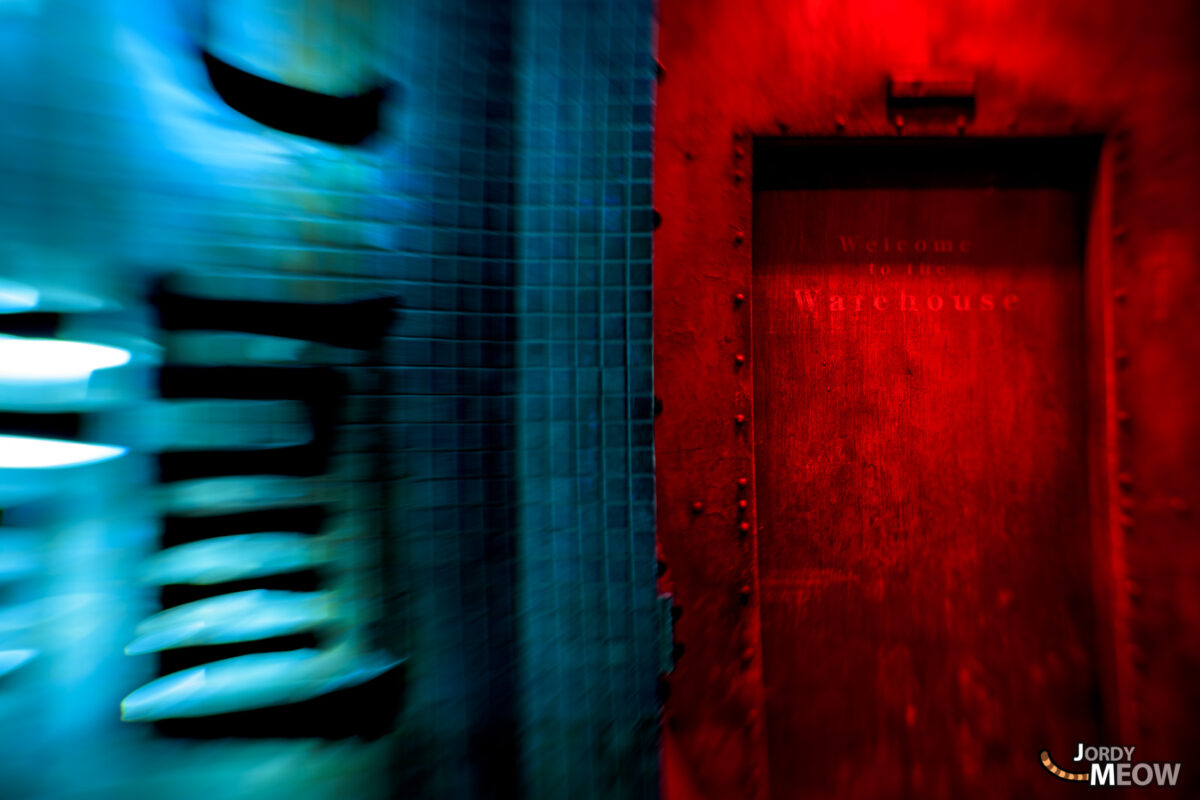
Video games and splendid vending machines …
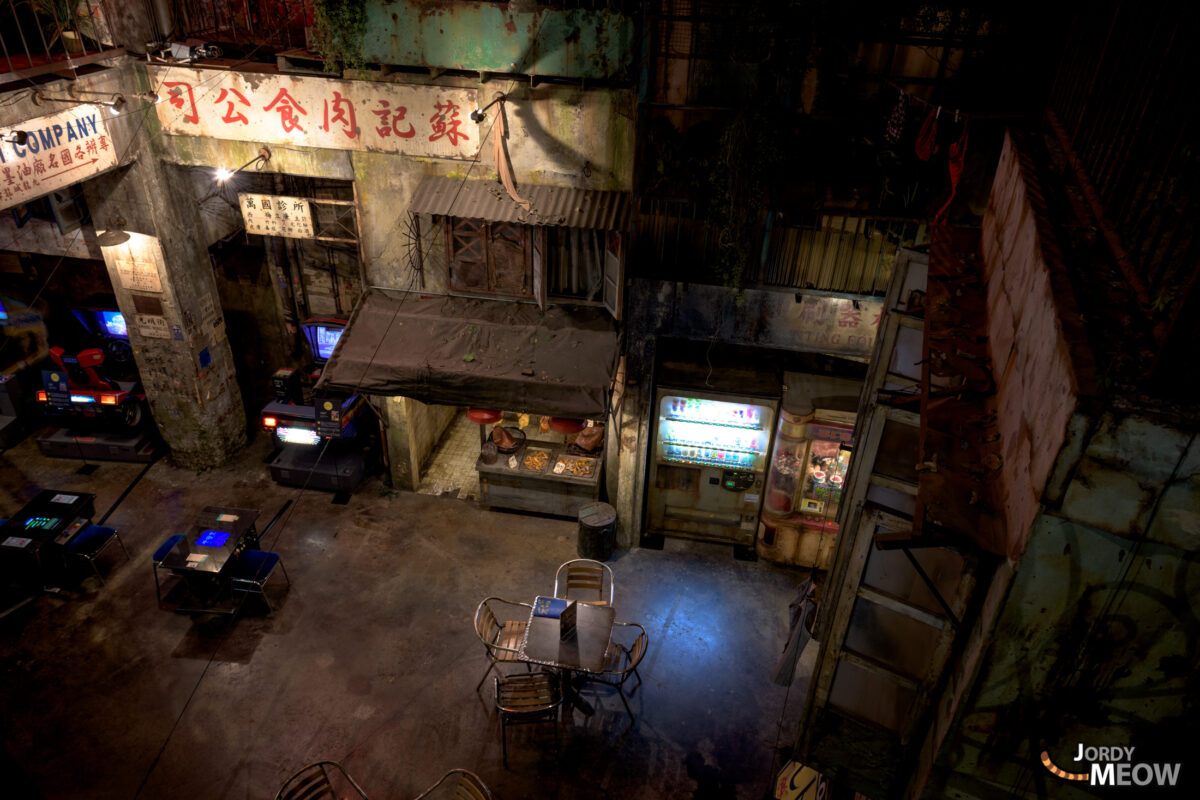
Tables and chairs just right for chilling out …
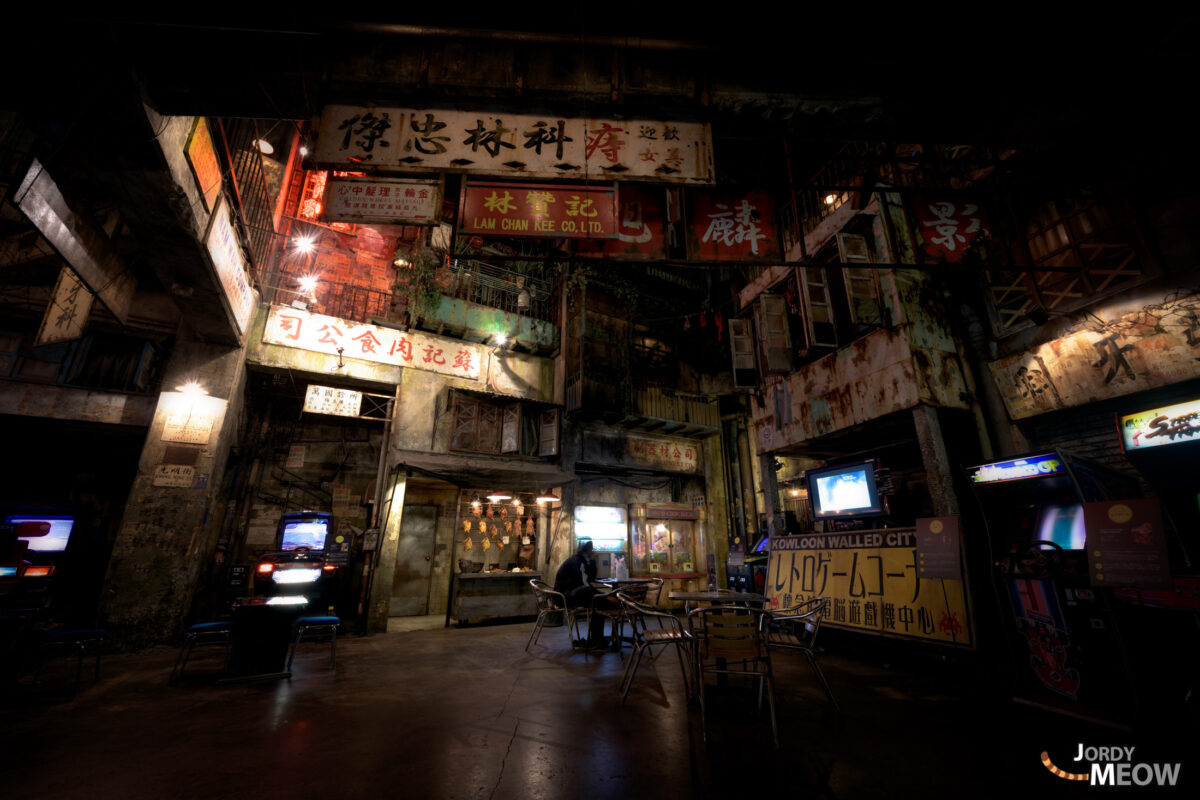
In a video game project under development in the South of France (https://hk-devblog.com/), you can explore the Walled City in the shape of a cat!
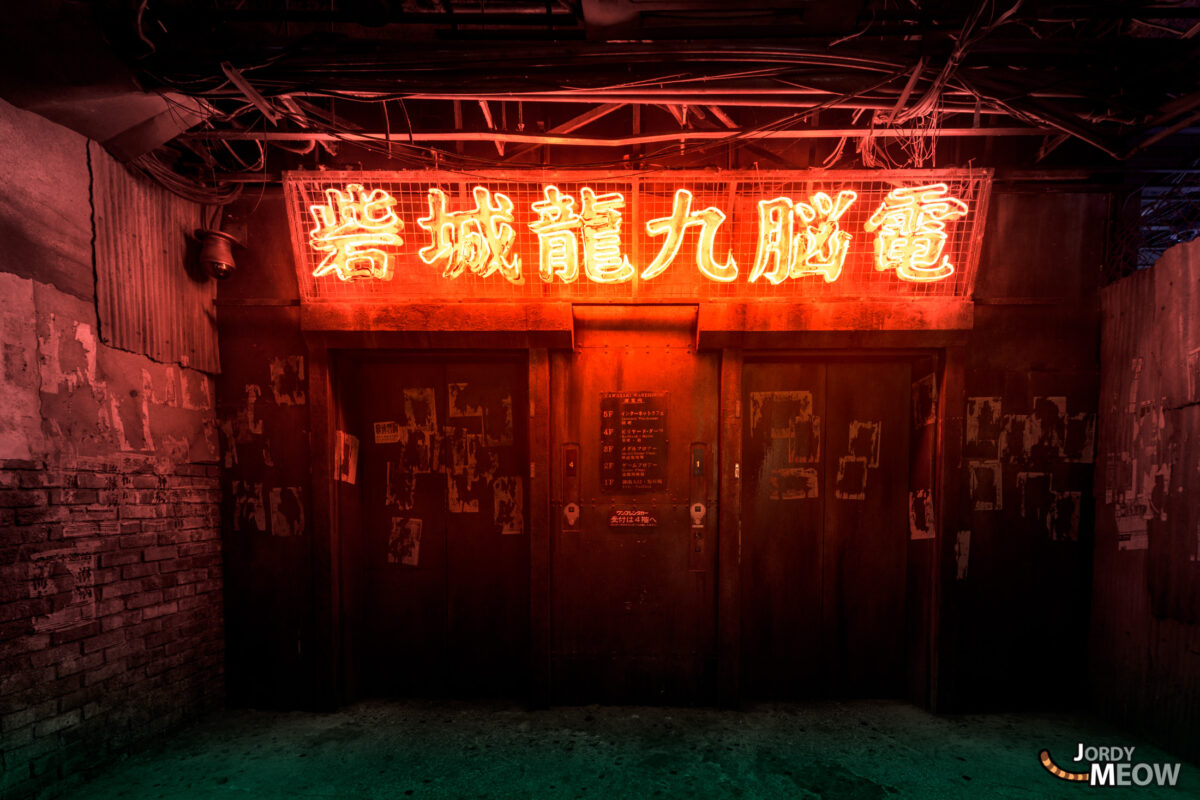
If you’d like to know more about Kowloon Walled City, I highly recommend this beautiful book: The City of Darkness. And if, like me, you are in love with this kind of dystopian ambiance, make sure you have read about my explorations of Gunkanjima.
And for more awesome content about Japan, follow Jordy Meow on Instagram ! 🎵

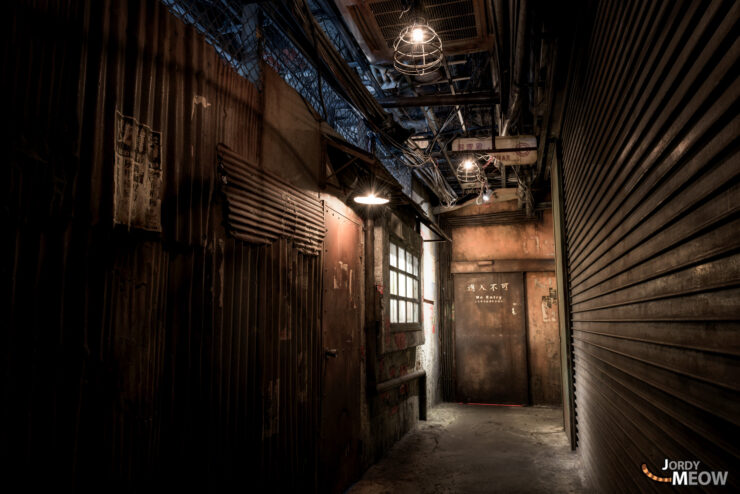
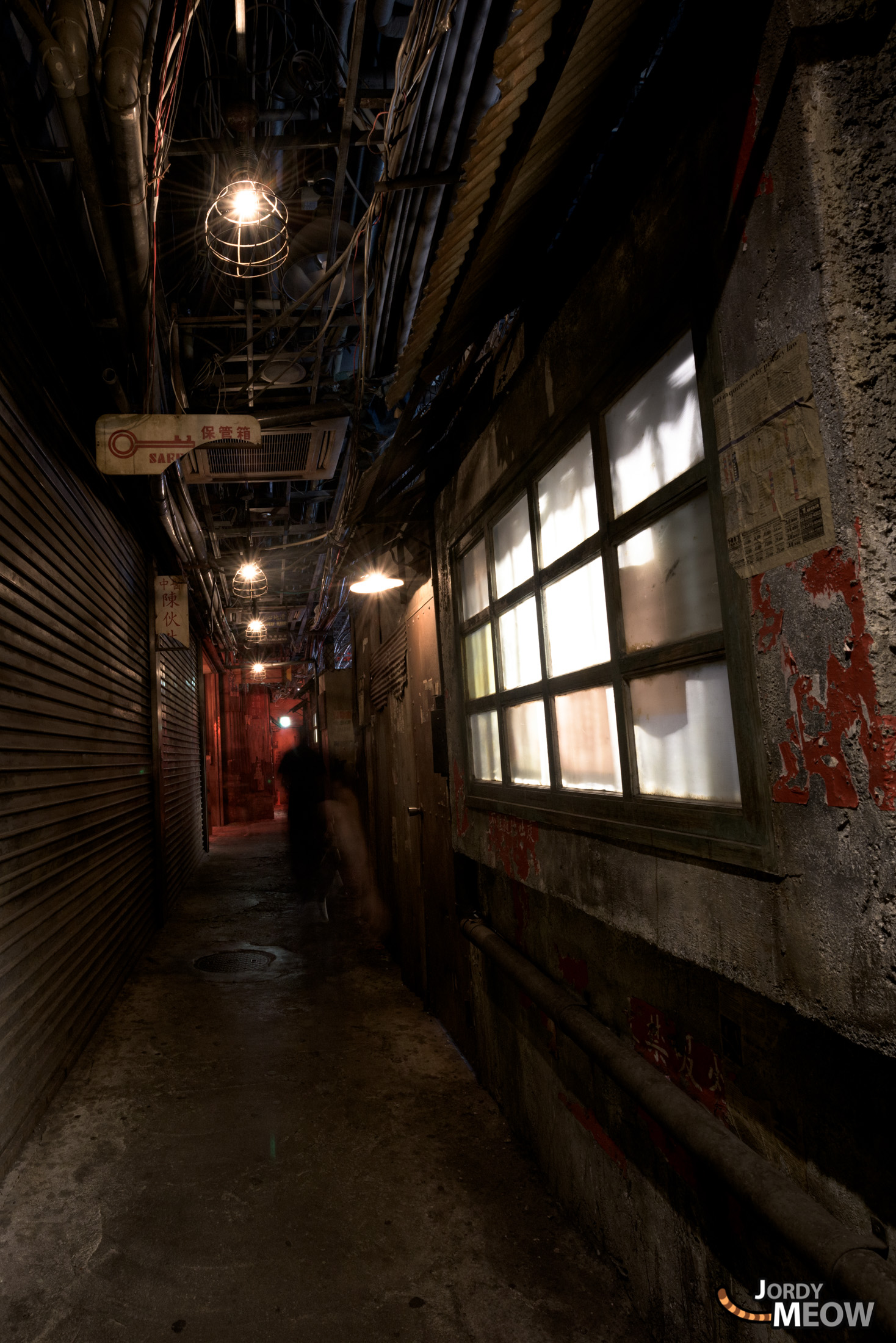
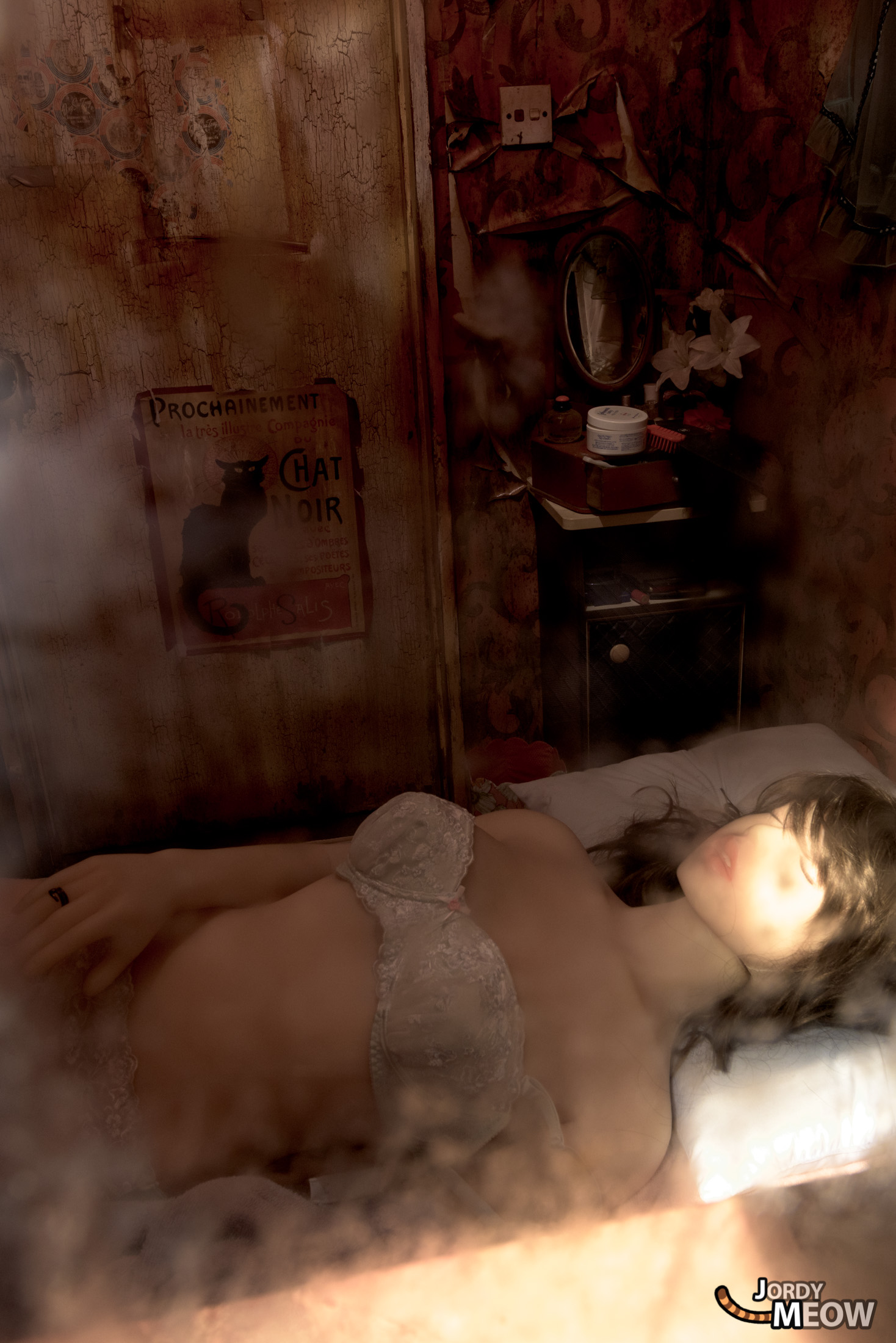
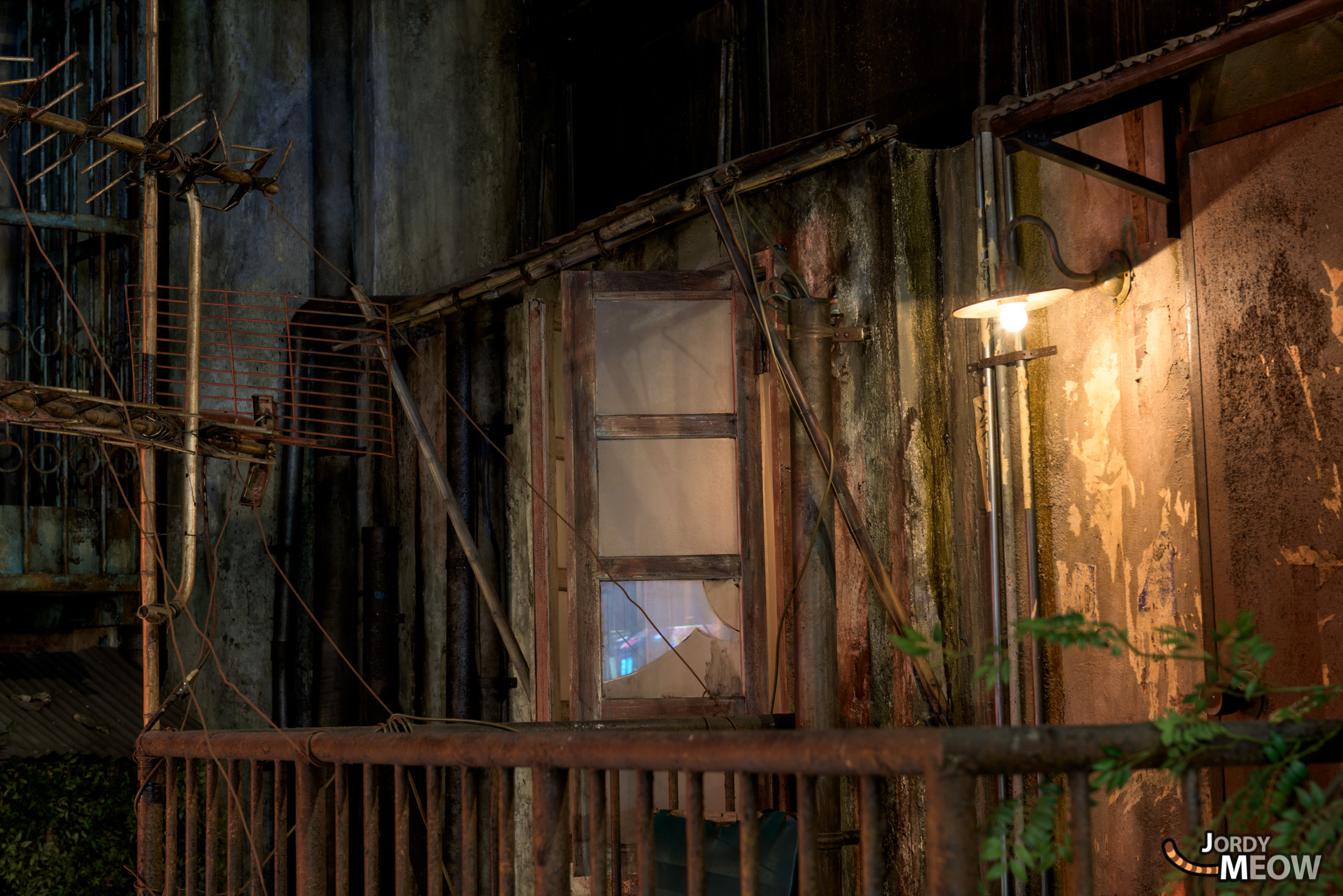
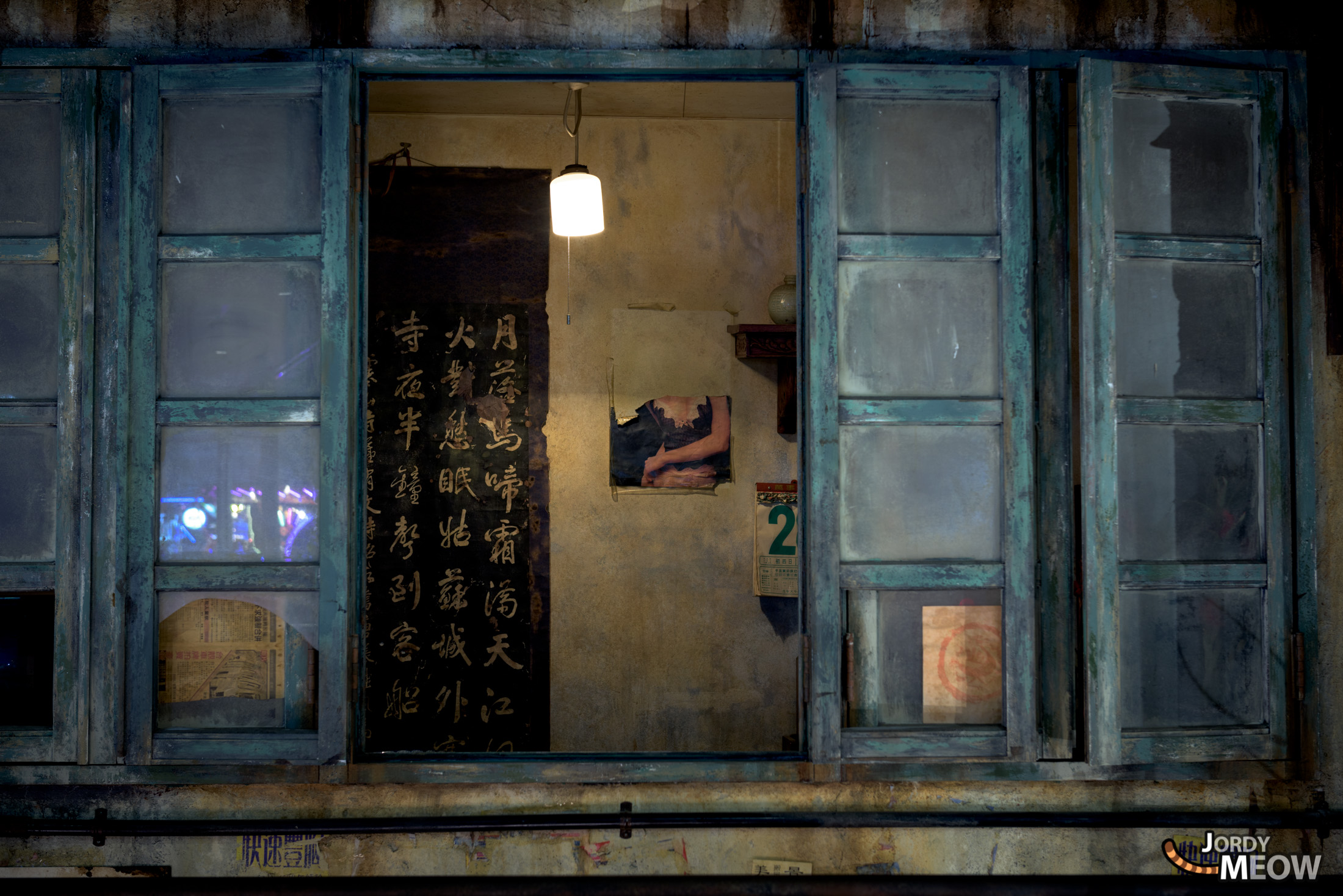
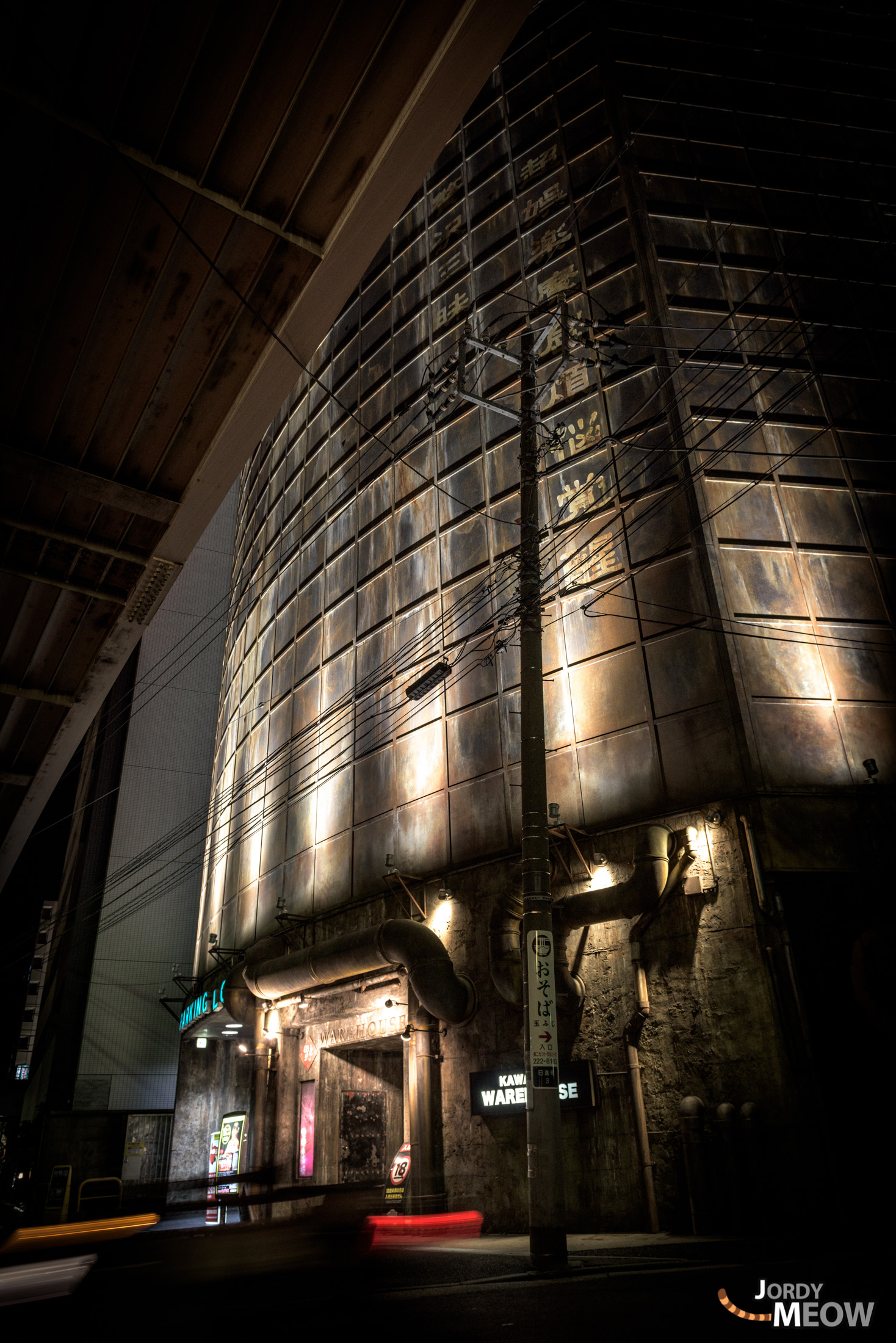
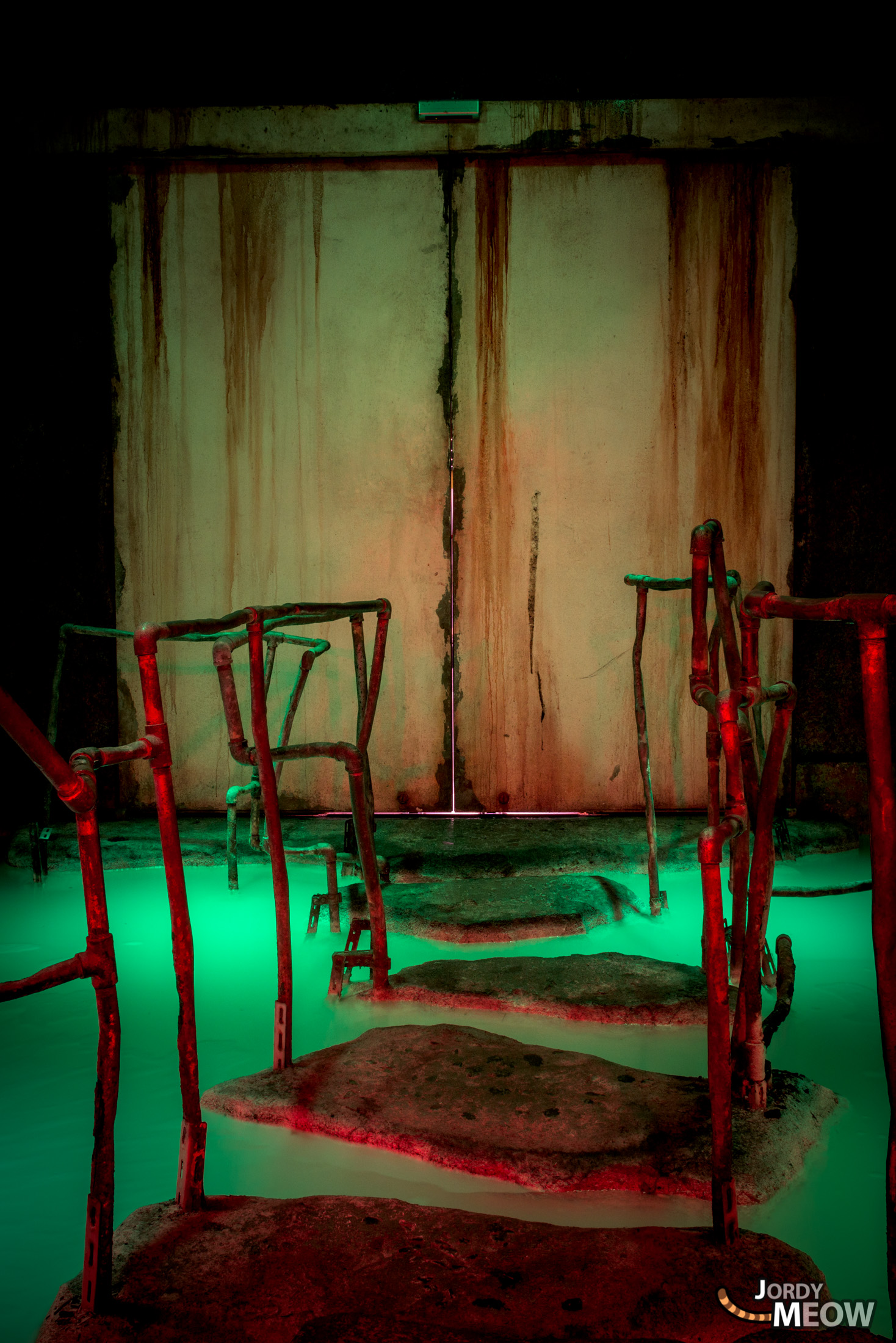

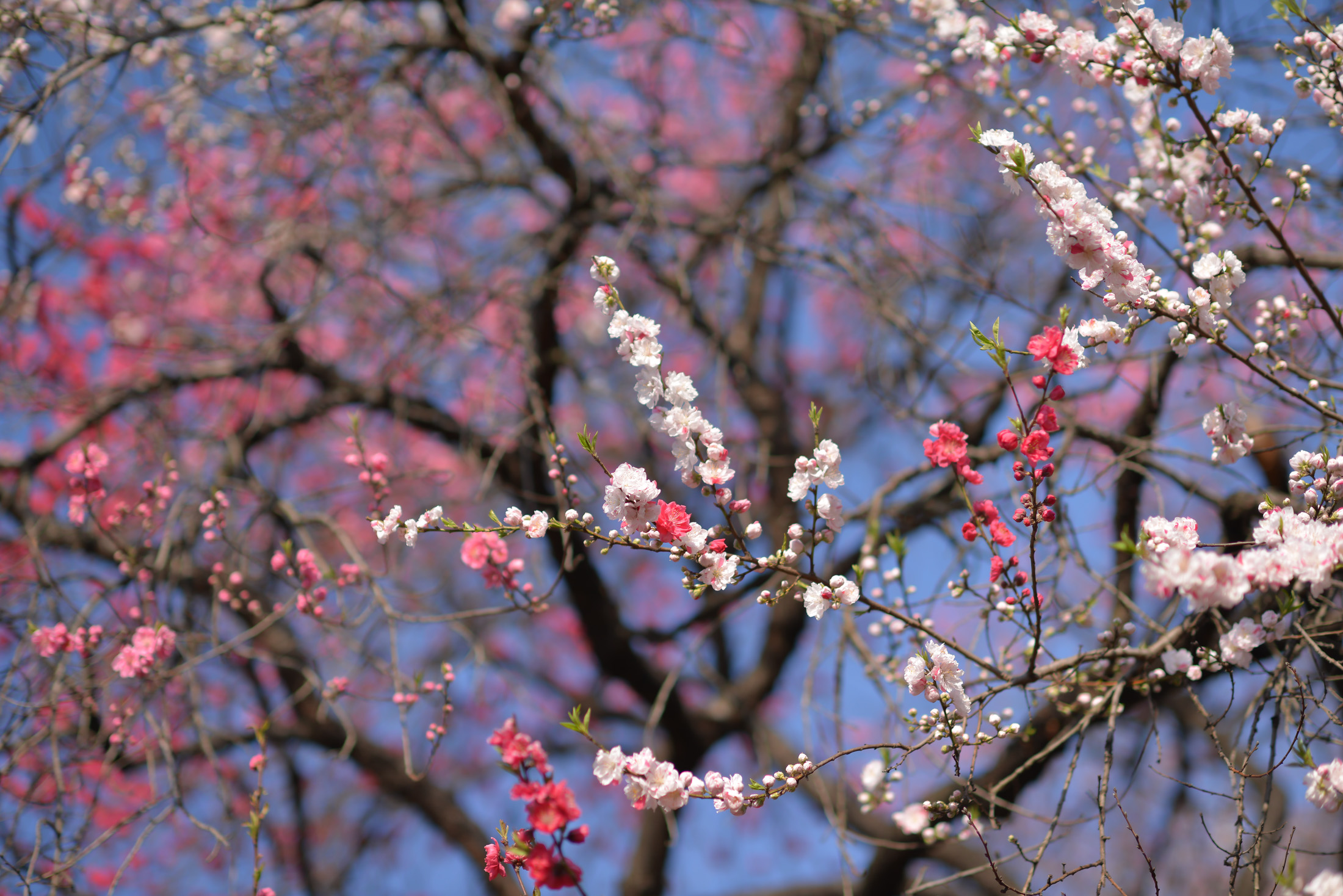











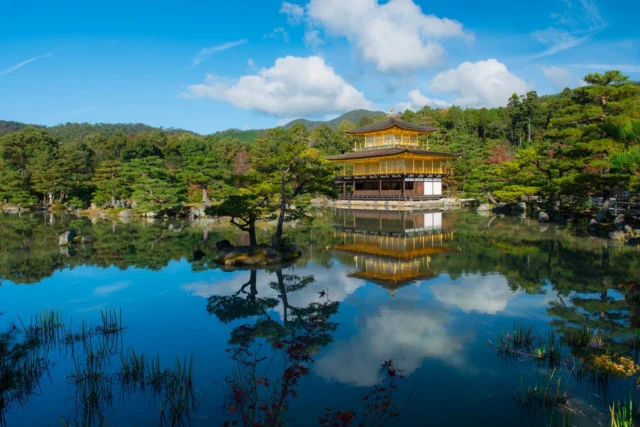

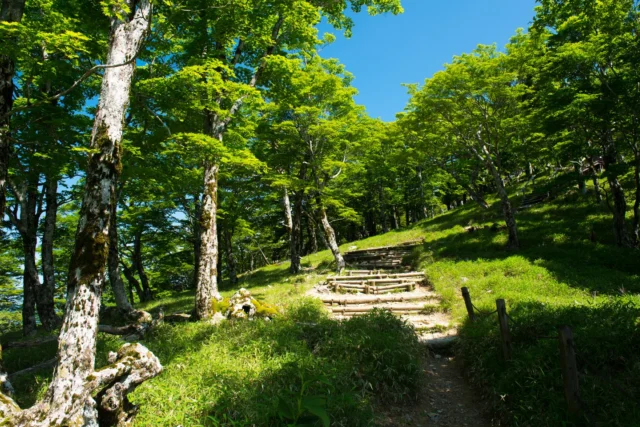
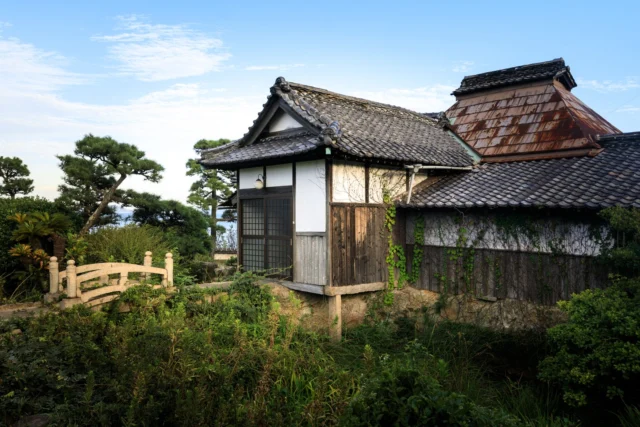


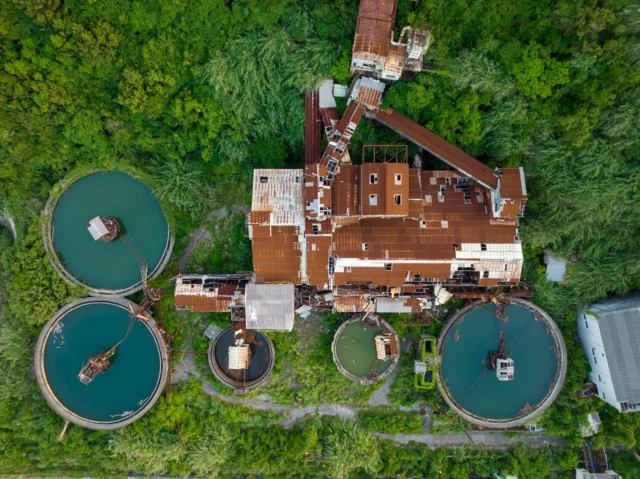
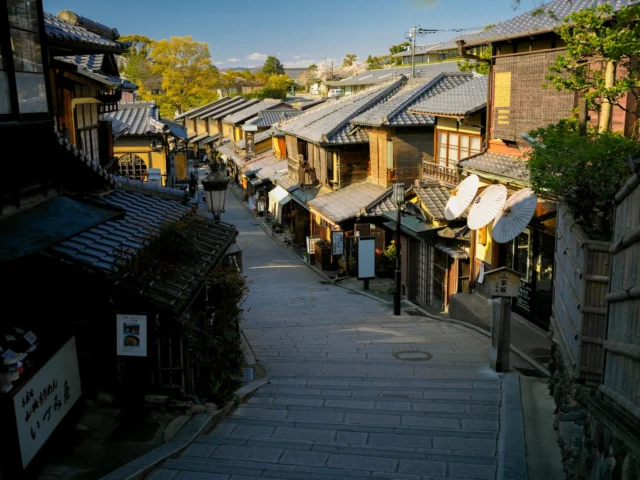
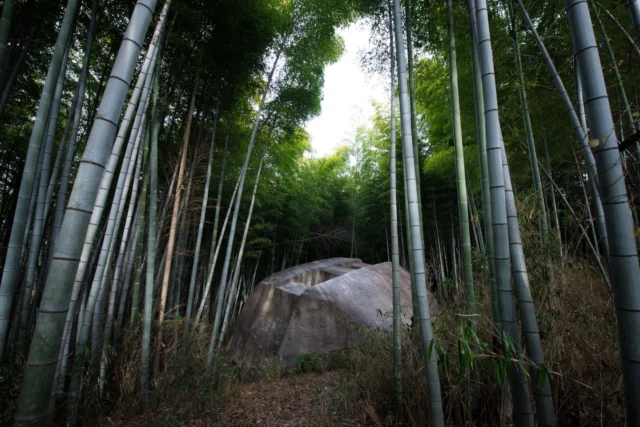
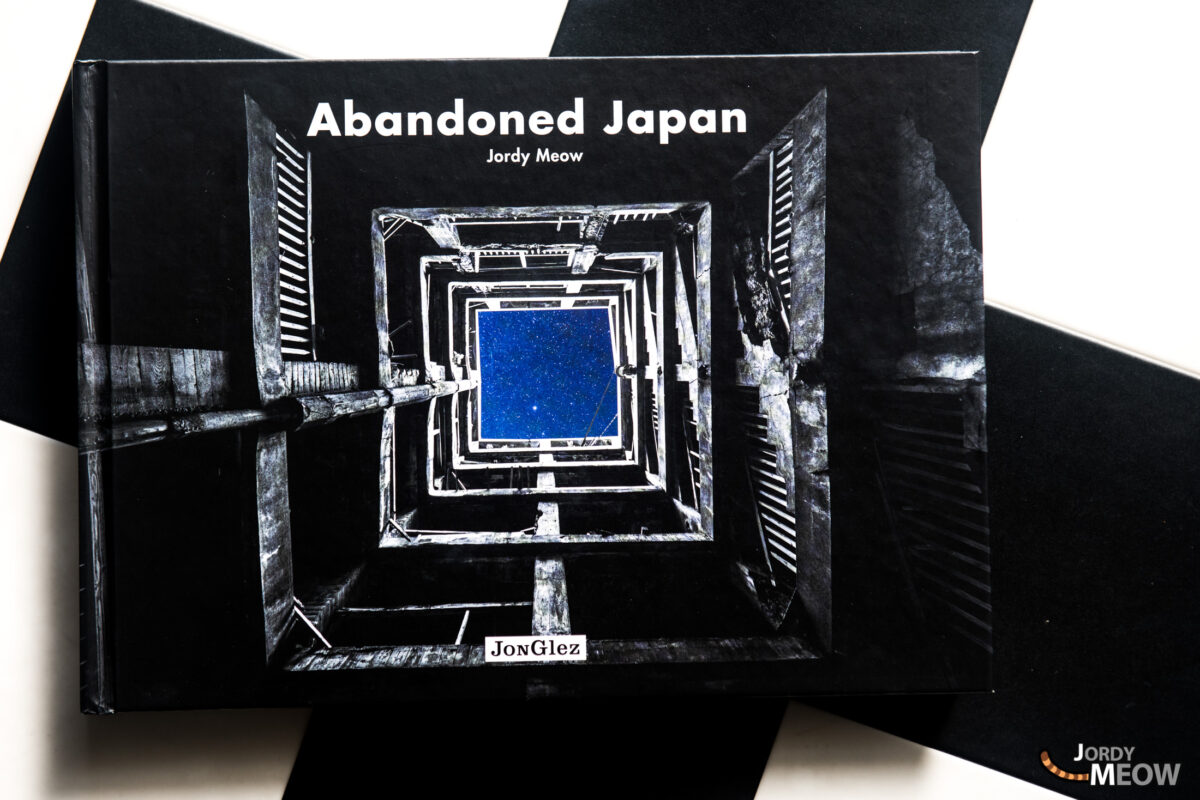

















1
5
0.5
5